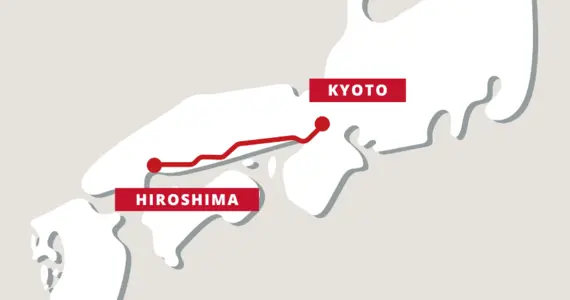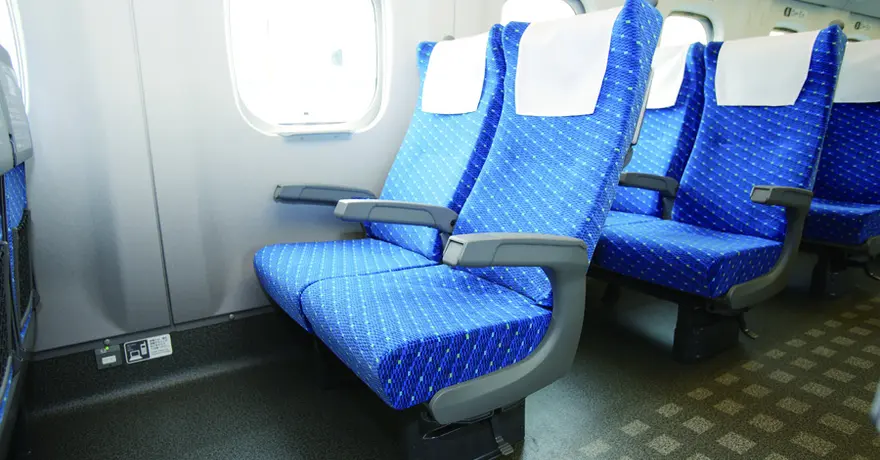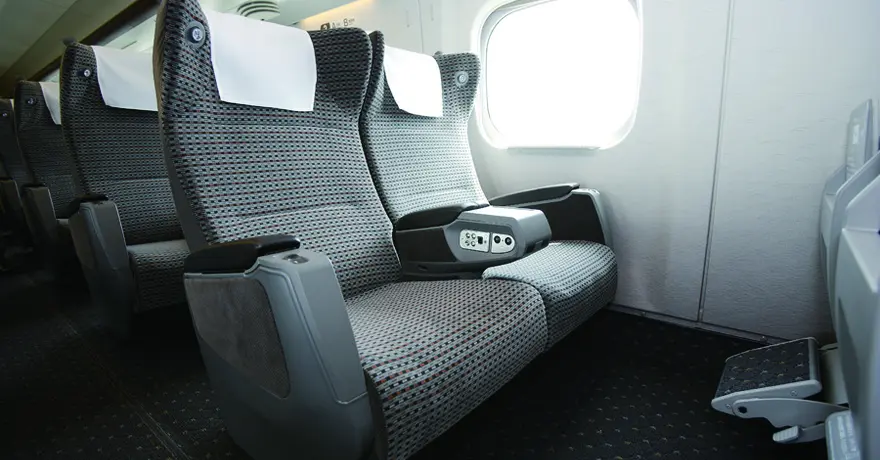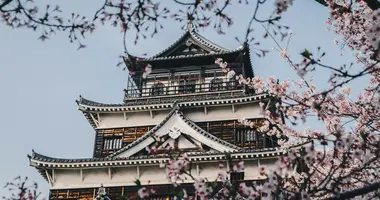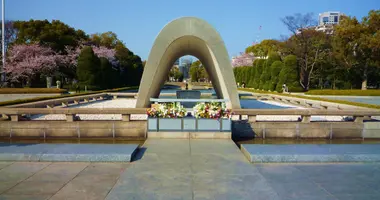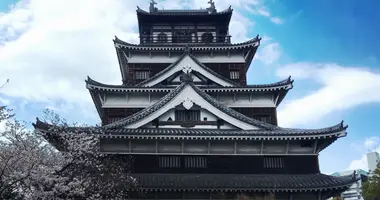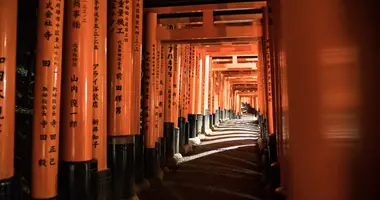Train Tickets from Hiroshima to Kyoto
Official train tickets seller
Choose your preferred seat
7/7 Assistance
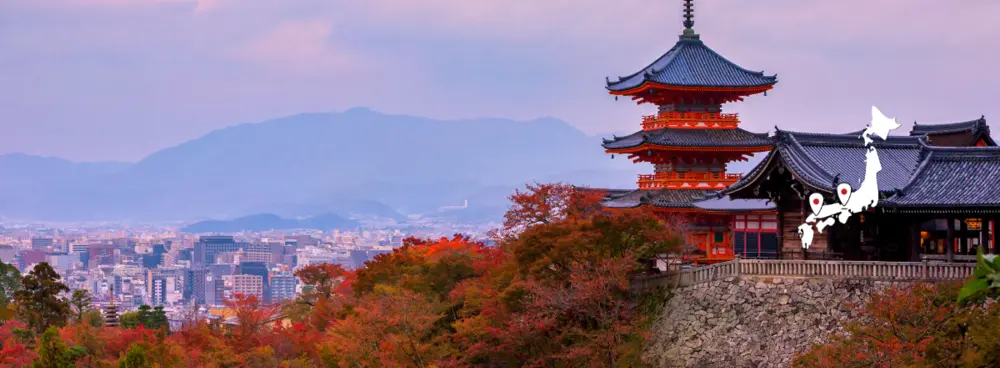
Travel conditions
Ticket type
Passenger information
Seating options
Buy your train tickets in Japan in 3 easy steps
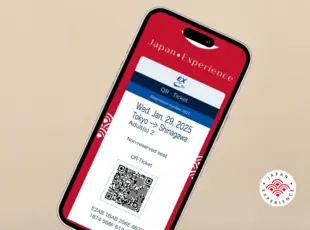
Choose and buy your train tickets for your preferred travel date
Receive your e-ticket one month before departure
Scan your e-ticket in train stations in Japan
Trains in Japan: what does it look like?
What our customers say about us
Travel advice from our Japan train expert
Traveling by train in Japan
Japan boasts a highly developed rail system, making it an extremely practical mode of transportation for both locals and visitors. As a result, both residents and tourists frequently find themselves using trains, whether it's their local lines or the renowned Shinkansen bullet trains. For those embarking on their first journey to Japan, the significance of train travel during their stay is likely to be a consideration.
Although train travel is a common aspect of life in Japan, there are several factors that may necessitate some prior understanding or preparation before first-time travelers board a train. This is true even for those hailing from countries with a strong train travel culture.
What makes trains so popular in Japan?
Japan's rail transport system is regarded as one of the finest globally. Riding the train in Japan can be described in three words: efficient, fast, and clean. Until you experience it firsthand, it can be difficult to grasp just how easy and remarkably convenient train travel is in Japan. Even with millions of passengers utilizing the rail system daily, trains remain impeccably clean, punctual, and operational. For many, this may seem like a dream compared to the train networks in their own countries.
There are numerous factors contributing to this remarkable railway system, but it primarily stems from Japan's dependence on imported fossil fuels, which led the nation to significantly invest in its train transportation network. Since the late 19th century, Japanese train companies have been constructing lines to transport people and goods efficiently from point A to point B, and as a result of this extensive network, cities began to develop around train stations. While much of Western urban development has centered on car-oriented infrastructure, Japan has largely shaped its urban expansion around train stations. In most Japanese cities, train stations serve as the economic and demographic hubs of the area.
Through strategic investment in its train system, Japan has successfully established one of the most dependable, rapid, and safe rail networks globally!
Shinkansen Information
The Sanyo Shinkansen, which connects Hiroshima and Kyoto, is well-known for its efficiency and speed. It covers a distance of approximately 380 kilometers (236 miles) and makes stops at major cities like Kobe or Okayama. The journey takes around 1 hour and 40 minutes on average, allowing travelers to enjoy the changing landscapes from Hiroshima to Kyoto. Trains depart from Hiroshima Station and arrive at Kyoto Station, in the heart of the old capital of Japan.
Different types of available Shinkansen
When traveling from Hiroshima to Kyoto, you have the option to choose between two types of Shinkansen high-speed bullet trains: Hikari and Nozomi. Hikari trains make a few stops before reaching Hiroshima, while Nozomi is the fastest and offers direct service. However, please note that Nozomi tickets are slightly more expensive. It's also important to mention that all Nozomi Shinkansen trains operate with reserved seats only.
No matter which train you choose, you can expect a comfortable journey with reclinable seats, overhead storage, power outlets, and more available on board. To ensure a smooth travel experience between Hiroshima and Kyoto, make sure to research all seat and car options before booking your train ticket according to your specific travel needs.
How to get to Hiroshima Station
Hiroshima's main train station, Hiroshima Station, is located in Minami ward. It offers convenient connections to different local public transportation lines operated by JR, serving both the Hiroshima metropolitan area and the wider region. The famous Hiroshima streetcar, managed by Hiroshima Electric Railway, also has a stop at Hiroshima Station. Moreover, there are several bus lines that either depart from or have stops at this station. Due to its close proximity to Hiroshima's Peace Memorial Park and Museum, it is easily accessible by foot to the city's main attractions.
Where to go from Kyoto Station
Kyoto Station, situated in the heart of the historic Japanese capital, is well-connected to various public transportation lines operated by JR or Kintetsu, the regional rail operator in the Kansai area. The Karasuma subway line also conveniently stops at Kyoto Station. Moreover, Kyoto's renowned bus network revolves around the station, offering a wide selection of bus lines to easily reach your desired destinations in Kyoto.
